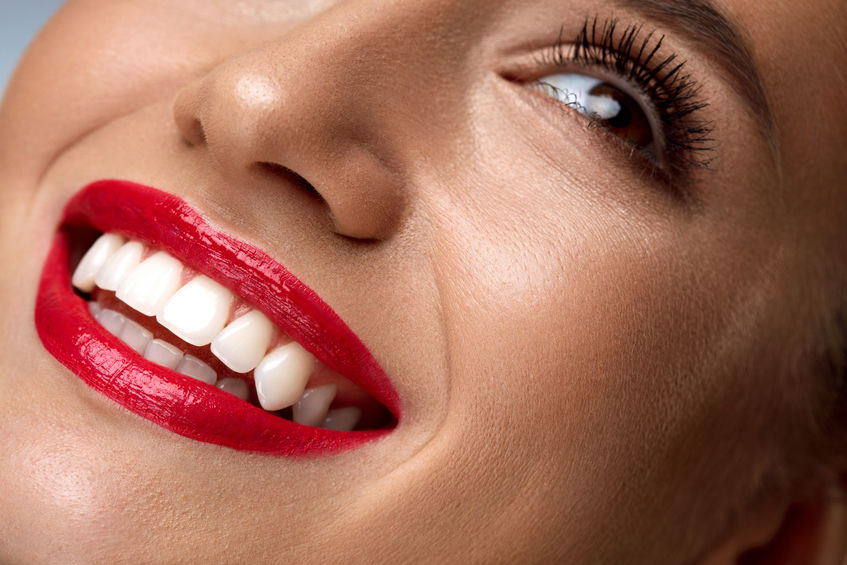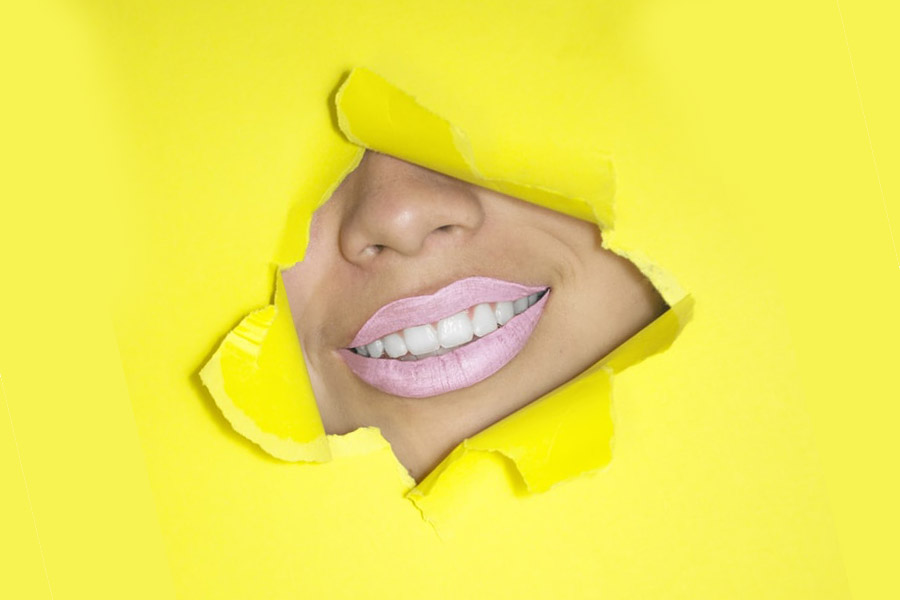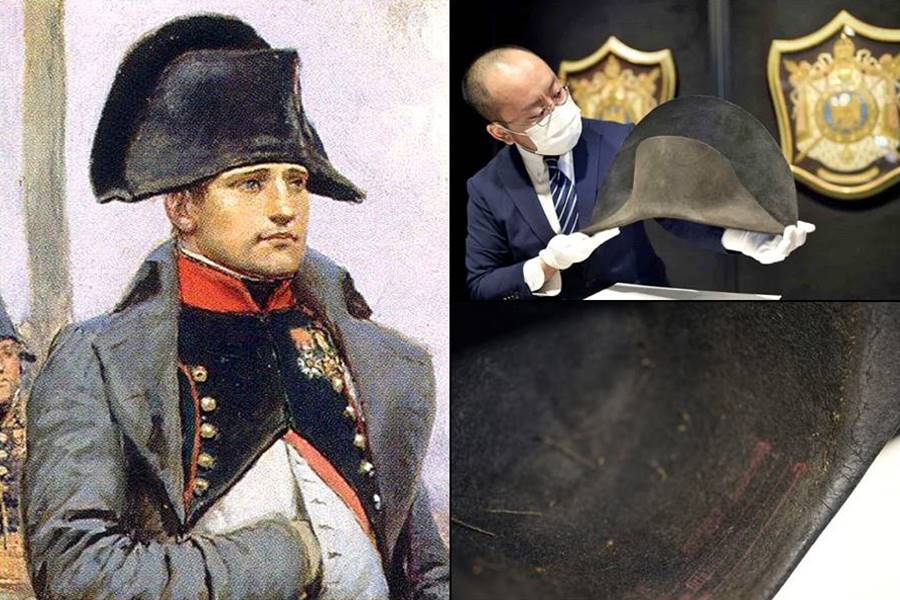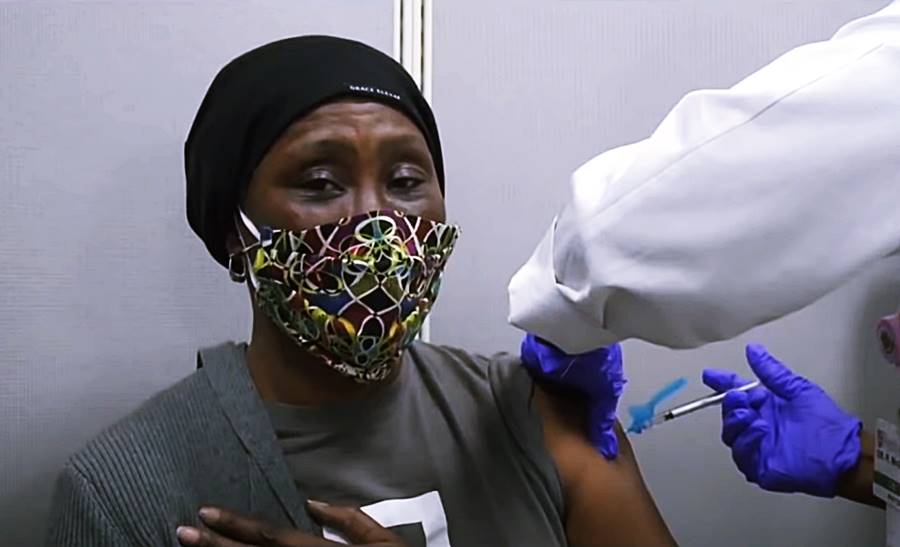Sun 21 February 2021:
Many of us dream about having our teeth whitened one day as we look at celebrities’ dazzling smiles on the front pages. It is all-natural that stains appear on the surface of our teeth after drinking coffee, tea, or some fruit juices.
Many whitening substances can help you to get rid of the stainings. This article will provide insight into why our teeth get stained and how different whitening chemical substances work.
Teeth have a natural shield called enamel that protects the more sensitive and porous tissue of teeth called dentine. Enamel is the most mineralized tissue in our body, and at the same time, it is the most hardened tissue in the entire body! All thanks to its main component – the mineral called hydroxyapatite [1]. Not only that, our tooth enamel is even harder than gold, silver, iron, or steel [2]!
Despite its strength, it gets discolored very quickly. A stain appears when enamel absorbs some colored compounds from foods and drinks. Let’s take a look closer at the beverages that we drink. They contain many different chemical compounds. Juices or soda drinks like cola contain acids that have a destructive influence on enamel.
No matter what acid, the citric acid from juice or acid from cola (cola usually contains orthophosphoric acid) – makes the enamel softer. The same happens when we drink wine. It is also acidic, so brushing teeth directly after drinking acidic beverages scratches the enamel [3]. How to avoid it? It is better to wash your mouth with water after consuming acidic drinks and wait several minutes. Then enamel will be safe.
Sweet drinks promote bacteria growth in the mouth that produce acids in dental plaque, and as we know, these acids are not good for teeth because they dissolve enamel easily. That process is prolonged; however, it makes enamel porous. So, for the sake of healthy teeth, it is better to avoid beverages. More pores in enamel, more stains appear, especially pigments from food stuck in these pores for a longer time. Pigments are everywhere, in foods, antibiotics, cigarette smoke, metals such as iron or copper are other causes of stain [4].
Are there also other factors causing the undesirable color of teeth? Sure. The color of our teeth depends on genes. Unfortunately, people with naturally whiter teeth are more prompt to tooth decay. So, no worries if you have genetically yellow teeth [5]. There is always a possibility to whiten them but more on that in a moment. Another significant factor is age. Enamel gets worn away, exposing the more yellowish dentin. When we get older, we tend to have more stains on their teeth unless they have a denture [6].
Did you know there are more bacteria in our mouth than people on Earth? Some of these bacteria can produce black or green-yellow pigments that can also stain the teeth. Various developmental disorders or high fluoride levels may play a role in changing the color, as well [5]. It is worth mentioning that in some countries, drinking water is commonly fluoridated. It can lead to overexposure to fluoride and, consequently, more frequent tooth enamel stain. As a result, the country authorities had to lower the fluoride’s recommended level in water [7].
Teeth whitening era
Since ancient times people have cared for teeth. The earliest toothbrushes date back to 3500 BC. Ancient Chinese and Egyptians cleaned their teeth by chewing biological materials like bark with feathers and fish bones. At the same time, Arabians made natural toothbrushes from a small tree native to the Middle East named toothbrush tree. Europeans scrubbed their teeth with cloths rolled in salt.
So, a bright smile was always trendy, regardless of the world region. Due to the factors mentioned above, the color of teeth can be far from white, while there are many solutions in the market that promise effective and long-lasting whitening.

What about the teeth whitening beginnings? The history of it goes back to Roman times. Already in the first century, Roman rubbed their teeth with urine! Later some other, less weird methods were more popular. Finally, in the XX century, hydrogen peroxide was first applied and very effective in removing the stains [8].
Do you remember redox reactions from chemistry classes? Here they come. Teeth whitening caused by hydrogen peroxide is the oxidation reaction. It means that hydrogen peroxide releases highly reactive free radicals. They easily bind with tooth stains, which are nothing else than colored compounds. Free radicals affect these complex compounds so that they decolorize and turn lighter. That is the way how it works for all gels and whitening strips recommended by dentists.
Another whitening substance is carbamide peroxide. It is a molecule that breaks down in contact with water to release hydrogen peroxide [9]. So, carbamide peroxide works though hydrogen peroxide, most tooth whitening is the same way as described above. Unfortunately, such ways can cause tooth sensitivity, so teeth can ache after the whitening practice [10].
Natural enzymes
Are there any natural products you can use at home to improve your smile? We have good news for you. Natural enzymes in some exotic fruits such as bromelain present in pineapple, ficin derived from fig, and papain found in papaya is quite promising [9]. Apart from having anticancer and anti-inflammatory properties against soft tissues, they can improve the teeth’ color [11]. What about teeth oversensitivity after whitening? Bromelain, ficin, and papain are good alternatives because they are thought not to cause tooth sensitivity.

Activated charcoal
Recently, many charcoal-based cosmetics and even toothpaste appeared promising in making clean all surfaces treated with it. Skin, teeth, all clean and fresh. How does it work in practice? Charcoal is made from plant materials, including nutshells, coconut husks, bamboo and peat, and possibly wood and coal [12]. Making activated charcoal involves the additional step of regular heating charcoal in the presence of a gas. That creates large pores in the mineral that trap chemicals.
It is well-known as a cost-effective, eco-friendly, natural, and above all, quick tooth whitening option. Its pores bind to your teeth’ rough parts like surface stains, making it easier to remove them. However, charcoal can do more harm than good. Why? It does not change the color of your teeth but wears the paints off. Not only stains. Charcoal can destroy your enamel badly. When enamel is scratched off, teeth become more sensitive and less resistant to bacteria.
What’s more, dentin is exposed, showing darker color. This jet-black powder offers no silver bullets for anyone seeking a Hollywood smile. The same happens to appeal to baking-soda use for teeth brushing. Once small crystals scratch enamel, it stays damaged and darker in time [13].
Summary
Teeth can get stained for various reasons. To prevent the stain, one should rather avoid staining substances such as tea, coffee, red wine, tobacco, etc., or brush one’s teeth more often. Other factors such as age, genetics, diseases, and some bacteria in the mouth influence teeth’ color. Luckily, there are some ways to restore a perfect smile. Hydrogen peroxide and carbamide peroxide are the most common whitening agents, however they cause oversensitivity of teeth. Much better solution is use of natural enzymes.
This article is a joint work of Julia Ławińska (Faculty of Chemistry, University of Warsaw) and Magdalena Osial (Faculty of Chemistry, University of Warsaw) as a part of the Science Embassy project. Image Credit – Julia Ławińska & Science Embassy
References
[1] Lacruz RS, Habelitz S, Wright JT, Paine ML. Dental enamel formation and pmplication for oral health and disease. Physiol Rev. (2017) 97(3):939-993. doi: 10.1152/physrev.00030.2016.
[2] Beniash E, Stifler CA, Sun CY, Yung GS, Markus ZQ, Buehler MJ, Gilbert PUPA. The hidden structure of human enamel. Nat Commun (2019) 10:4383. https://doi.org/10.1038/s41467-019-12185-7
[3] Berry SE, Shen C, Jerrell RG. Enamel hardness after exposure to acidic drinks and brushing. Gen Dent. (2010) 58(3):e116-21. PMID: 20478788.
[4] Żyła T, Kawala B, Antoszewska J, Kawala M. Black Stain and Dental Caries: A Review of the Literature. BioMed Research International. (2015) 1-6. https://doi.org/10.1155/2015/469392.
[5] Carey CM. Tooth whitening: what we now know. J Evid Based Dent Pract. (2014) 14:70-6. doi: 10.1016/j.jebdp.2014.02.006.
[6] Gregorius WC, Kattadiyil MT, Goodacre CJ, Roggenkamp CL, Powers JM, Paravina RD. Effects of ageing and staining on color of acrylic resin denture teeth. J Dent. (2012) 40:2:e47-54. doi: 10.1016/j.jdent.2012.09.009.
[7] U.S. Department of Health and Human Services Federal Panel on Community Water Fluoridation (2015). U.S. Public Health Service Recommendation for Fluoride Concentration in Drinking Water for the Prevention of Dental Caries. Public health reports (Washington, D.C.:1974), 130(4), 318–331. https://doi.org/10.1177/003335491513000408
[8] Tredwin CJ, Naik S, Lewis NJ, Scully C. Hydrogen peroxide tooth-whitening (bleaching) products: review of adverse effects and safety issues. Br Dent J. (2006) 8;200(7):371-6. doi: 10.1038/sj.bdj.4813423.
[9] Epple M, Meyer F, Enax J. A Critical Review of Modern Concepts for Teeth Whitening. Dent J (Basel). (2019) 1;7(3):79. doi: 10.3390/dj7030079.
[10] Pinto MM, de Godoy CH, Bortoletto CC, Olivan SR, Motta LJ, Altavista OM, Lumi K, Sobral AP, Bussadori SK. Tooth whitening with hydrogen peroxide in adolescents: study protocol for a randomized controlled trial. Trials. (2014) ;15:395. doi: 10.1186/1745-6215-15-395.
[11] Ribiero JS, da Silva Barboza A, Cuevas-Suárez CE, da Silva AF, Piva E, Lund RG. Novel in-office peroxide-free tooth-whitening gels: bleaching effectiveness, enamel surface alterations, and cell viability. Sci Rep (2020)10, 10016. https://doi.org/10.1038/s41598-020-66733-z
[12] Greenwall L, Greenwall-Cohen J, Wilson N. Charcoal-containing dentifrices. BDJ Team (2019) 6, 24–28. https://doi.org/10.1038/s41407-019-0122-6
[13] Hara AT, Turssi CP, Baking soda as an abrasive in toothpastes: Mechanism of action and safety and effectiveness considerations. The Journal of the American Dental Association (2017) 148(11):S27-S33.
FOLLOW INDEPENDENT PRESS:
TWITTER (CLICK HERE)
https://twitter.com/IpIndependent
FACEBOOK (CLICK HERE)
https://web.facebook.com/ipindependent
Think your friends would be interested? Share this story!





















